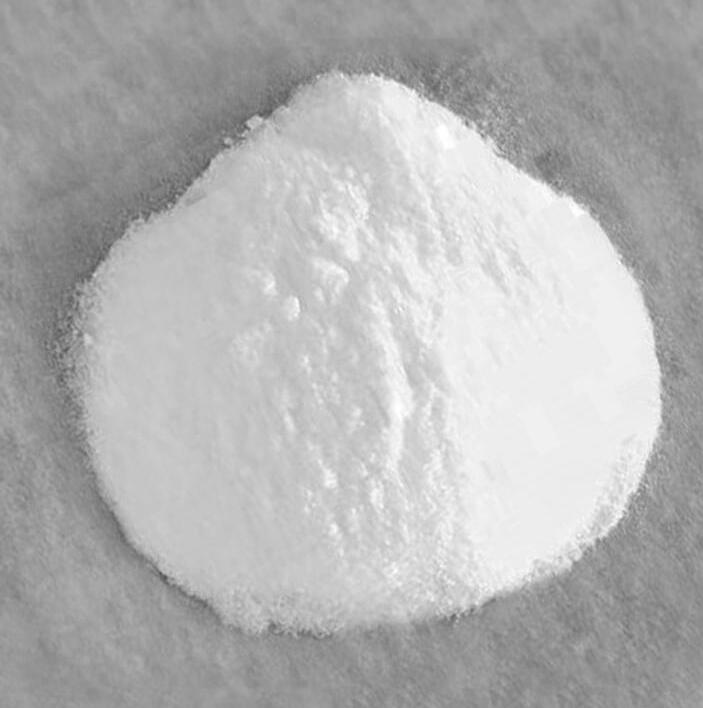Sinoright Blog
A Comprehensive Overview of Sebacic Acid

Chemical Properties and Production Methods
Sebacic acid is a white, crystalline solid with a melting point of approximately 134-136°C. It is insoluble in water but soluble in organic solvents like ethanol and ether. Its stable chemical properties and good thermal stability make it suitable for various industrial applications. Production methods include chemical synthesis from castor oil or oleic acid, fermentation processes, and extraction from natural sources, with chemical synthesis being the most common.Expanded Applications
Plastics IndustryIn the plastics industry, sebacic acid serves as a crucial monomer for the production of polyamides, polyurethanes, and polyester resins. These polymers are used in the manufacture of high-performance fibers, films, and molding compounds. For instance, polyamide 6,10, derived from sebacic acid and hexamethylenediamine, is known for its excellent mechanical properties, heat resistance, and chemical resistance, making it suitable for automotive parts, electrical components, and sports equipment.
Lubricants and Greases
Sebacic acid is also a key raw material in the production of high-performance lubricants and greases. Its ester derivatives exhibit excellent lubricating properties, low volatility, and high thermal stability, making them ideal for applications in aerospace, automotive, and industrial machinery.
Surfactants and Detergents
Due to its amphiphilic nature, sebacic acid can be used to produce surfactants that are effective in both aqueous and non-aqueous environments. These surfactants find applications in detergents, emulsifiers, and dispersion agents, enhancing the cleaning power and efficiency of various products.
Cosmetics and Personal Care Products
Sebacic acid and its derivatives are also used in cosmetics and personal care products due to their emollient, moisturizing, and stabilizing properties. They are incorporated into lotions, creams, and hair care products to improve skin hydration, texture, and overall appearance.
Other Applications
Beyond these primary applications, sebacic acid is also used in the production of dyes, pigments, adhesives, and coatings. Its versatility and adaptability make it a valuable raw material in a wide range of industries.
